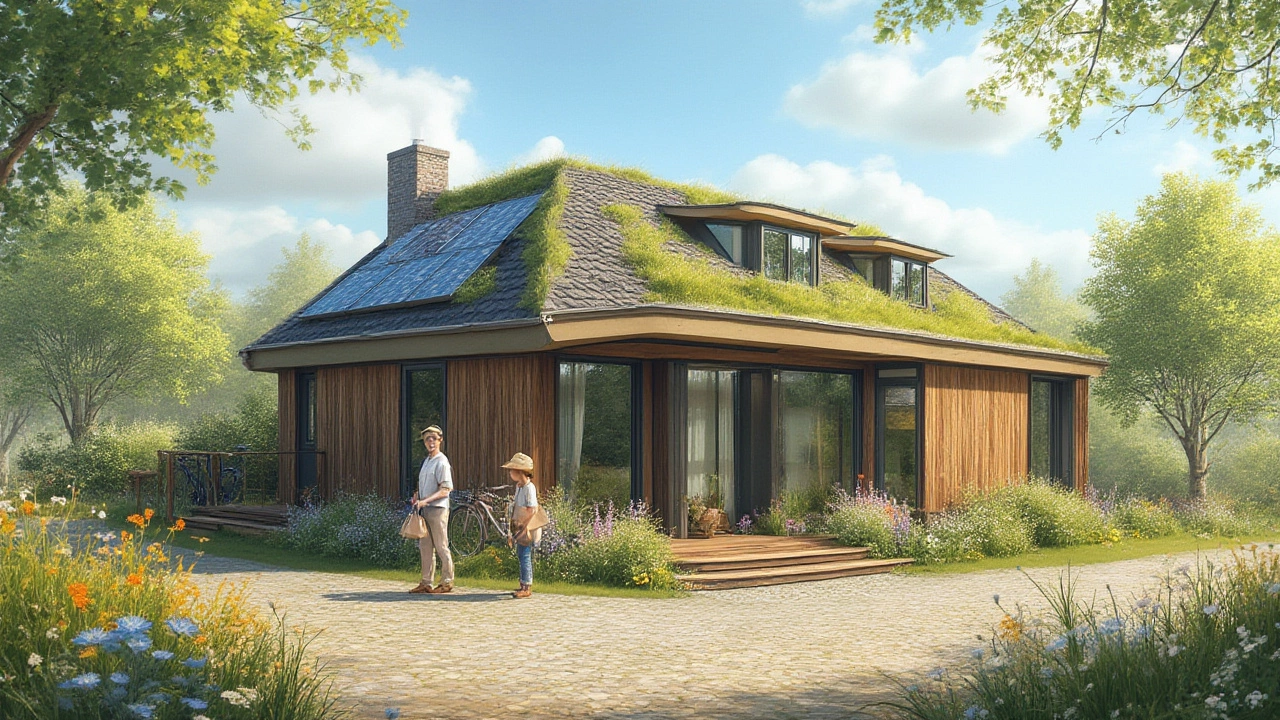Eco-Friendly Houses – Your Guide to Green Living in Lancashire
Looking for a holiday spot that cares about the planet? You’re not alone. More travelers want a place that reduces waste, cuts energy use, and still feels cosy. In Lancashire, a growing number of lodges and cottages are built with green principles, so you can enjoy the countryside without leaving a big carbon footprint.
Eco‑friendly houses aren’t just a trend; they’re a practical way to lower utility bills and protect the environment. From solar panels on the roof to timber frames sourced responsibly, each feature adds up to a healthier stay. Below we break down the key elements you should look for and tell you where to find them.
What Makes a House Eco‑Friendly?
First off, think about energy. A house that generates its own power—whether through solar, wind, or a small hydro system—needs less electricity from the grid. Look for properties that list solar PV, solar water heating, or even a ground‑source heat pump. These installations can shrink your energy bill by up to 70%.
Second, materials matter. Timber from certified forests, reclaimed bricks, and natural insulation like sheep’s wool or hemp are common in green builds. They keep the indoor climate stable and avoid the chemicals found in synthetic insulation.
Third, water conservation is a big plus. Low‑flow taps, dual‑flush toilets, and rainwater harvesting systems help reduce the amount of fresh water used. Some Lancashire cottages even divert rainwater to garden irrigation, keeping the surrounding landscape lush without extra pumping.
Finally, indoor air quality can’t be ignored. Homes that use breathable finishes, avoid VOC paints, and have good ventilation create a healthier environment for guests. When you’re sleeping under a thatched roof or a modern loft, you’ll feel the difference.
Finding Eco‑Friendly Lodges and Cottages in Lancashire
Start by checking listings that highlight sustainability. Our site tags each property that meets at least three green criteria, so you can filter quickly. Look for keywords like “solar powered,” “eco‑certified,” or “zero‑waste.”
Don’t forget to read reviews. Guests often mention how warm the house stays in winter thanks to good insulation, or how the owners give tips on recycling locally. Those real‑world comments are gold when you’re deciding.
If you’re near the Forest of Bowland or the Ribble Valley, you’ll find several eco‑lodges that blend into the landscape. Many use locally sourced stone and timber, meaning the building process left a smaller carbon imprint. Some even offer farm‑to‑table breakfasts sourced from nearby organic farms, extending the green experience beyond the walls.
When you book, ask the host about their sustainability practices. A quick question like, “Do you use renewable energy?” or “How do you handle waste?” shows you care and often prompts them to share extra details that aren’t on the listing.
Lastly, think about the travel part of your trip. Choose a property that’s reachable by public transport or has bike rentals. Cutting down on car use adds another layer of eco‑responsibility to your getaway.
Eco‑friendly houses let you enjoy Lancashire’s rolling hills, historic villages, and coastline while keeping your impact low. With a little research, you’ll find a spot that matches your comfort needs and your green values. So pack your bags, bring your reusable water bottle, and settle into a sustainable stay that feels just right.

Eco-Friendly House Costs: What You Really Pay for Sustainable Living
Thinking of building or buying an eco-friendly house? Here's what you need to know about the real costs, hidden savings, and surprising facts about green homes in 2025.
Continue Reading